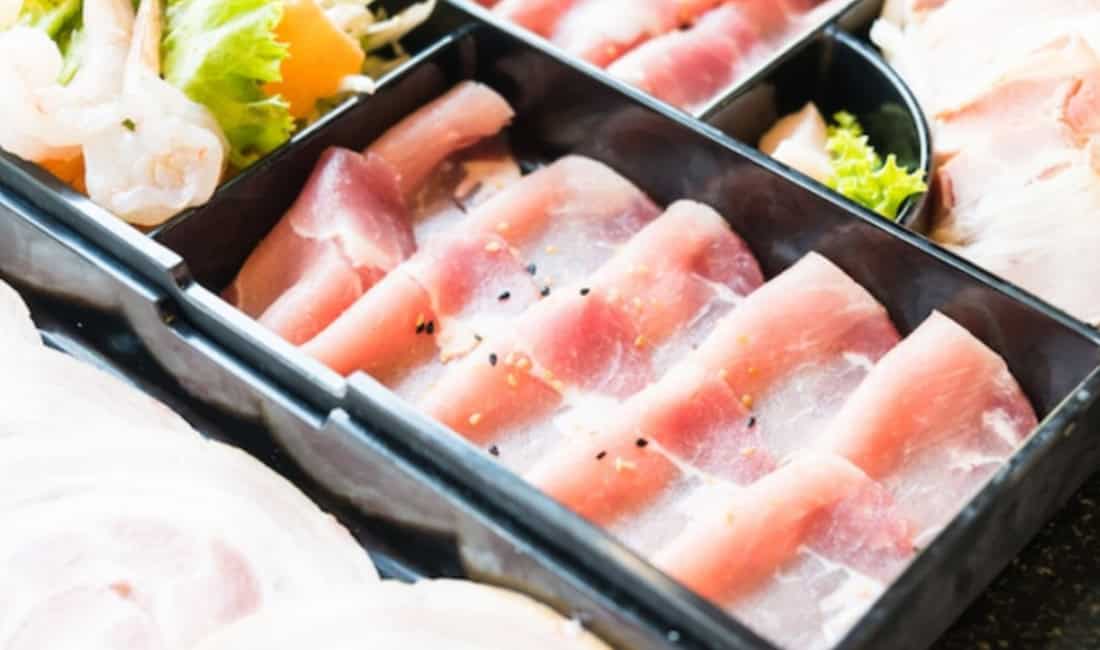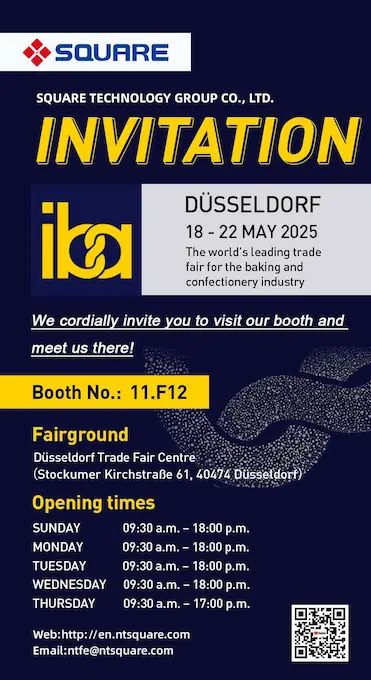Cryogenic freezers are transforming food preservation by utilizing advanced cooling methods to preserve quality and freshness. This blog will focus on cryogenic freezers and relevant topics.
Essentials of Cryogenic Freezers
Cryogenic freezers are essential tools for applications requiring extremely low temperatures. They are chiefly used in fields like food preservation.
Key Components
- Cooling System: Utilizes highly condensed gases to achieve low temperatures.
- Insulation: Ensures minimal thermal exchange with the environment.
- Control Systems: Modern freezers include smart sensors for precise temperature control.
Benefits
- Rapid Freezing: Ensures minimal damage to the samples.
- Energy Efficiency: Recent designs focus on reducing power consumption.
- Space Efficiency: Compared to mechanical systems, they often have a smaller footprint.
Cryogenic freezers have evolved significantly over the years. New models offer remote monitoring and automatic defrost features. This makes them convenient in various industrial and scientific settings.
Advanced Features and Innovations
Technologie du carré‘s cryogenic freezers have integrated several advanced features to enhance performance and efficiency. These include precise temperature control systems, energy-efficient mechanisms, and comprehensive safety and alarm systems.
Precise Temperature Control
Cryogenic freezers use sophisticated temperature control systems to maintain stable conditions within cryogenic freezers. Advanced sensors continuously monitor and adjust the internal environment to ensure consistent temperature levels. This integration of automated controls helps prevent temperature fluctuations, minimizing the risk of damage to stored items.
Managing consistent low temperatures requires advanced insulation and refrigeration components, which work in tandem to achieve precision. This meticulous control is especially vital for industries such as biotechnology and pharmaceuticals.
Energy Efficiency Mechanisms
Energy efficiency is a priority in the design of cryogenic freezers. The company employs efficient compressors and heat exchange systems to reduce energy consumption. Innovative designs incorporate high-performance insulation materials to minimize heat ingress, significantly lowering operational costs.
Energy-efficient features also extend to the use of cutting-edge refrigerants, such as liquid nitrogen and carbon dioxide. These environmentally friendly options provide rapid cooling while maintaining efficiency. The use of these cryogenic agents supports overall sustainability initiatives in high-demand sectors.
Safety and Alarm Systems
Safety is paramount in cryogenic environments. The freezers feature robust alarm systems that alert users to any deviations in operating conditions. These alerts are crucial for maintaining the integrity of stored materials.
Moreover, multiple safety protocols are integrated into these systems, including automatic shut-off mechanisms in cases of extreme temperature deviations. The design also incorporates backup power systems to ensure functionality during outages. This level of preparedness underscores the importance of preserving materials in critical environments, making these freezers a dependable choice in various fields, from medical research to food storage.
Types of Cryogenic Freezers
Cryogenic freezers come in various designs, each catering to specific industrial needs. Spiral freezers are highly efficient for processing large volumes, while impingement tunnel freezers ensure rapid temperature drop for fine quality and texture retention.
Congélateurs en spirale
Spiral freezers are designed for high-capacity freezing, perfect for large quantities of products that require uniform freezing. These freezers consist of a circular conveyor belt coiled vertically, optimizing space and energy efficiency. Products are transported through this system while exposed to extremely low temperatures.
The key benefit of congélateurs en spirale lies in their continuous operation, which minimizes handling and allows for consistent product quality. This method is crucial in industries like food processing, where maintaining texture and flavor is essential.
Impingement Tunnel Freezers
Impingement tunnel freezers provide rapid freezing by using high-velocity cold air jets—ideal for products that require crust freezing. The impingement technique quickly reduces surface temperature, minimizing dehydration and preserving quality. This method is particularly effective for delicate items that might suffer from extended exposure to cold.
These freezers are structured as tunnels, with items moving along a belt exposed to cold air blasts. This uniform, high-speed freezing prevents ice crystal formation, maintaining product integrity. The design is effective in freezing fragile items without compromising their structure or taste.
Applications in Food Preservation
Cryogenic freezers from Square Technology notably enhance food preservation by maintaining nutritional content, reducing dehydration, and ensuring quality retention. These factors are essential in extending the shelf life of food products while preserving their texture and flavor.
Impact on Dehydration
Cryogenic freezers significantly impact the preservation process by reducing dehydration. Traditional freezing methods often lead to moisture loss, affecting the quality and weight of the final product. Cryogenic freezing, using agents like liquid nitrogen, rapidly chills food, minimizing the formation of large ice crystals.
This swift process helps maintain the integrity and moisture content of food. As a result, products retain their original weight and freshness, which is crucial for industries involved in seafood and meat processing. The reduced dehydration also minimizes surface drying, preserving the visual appeal and texture of fresh produce.
Furthermore, limited moisture loss translates to better taste preservation, providing consumers with a high-quality product. This method ensures that food retains its original characteristics, which is a crucial requirement for maintaining consumer satisfaction and meeting industry standards.
Nutritional Preservation
Cryogenic freezing excels in maintaining nutritional value. The rapid process avoids prolonged exposure to lower temperatures, reducing nutrient degradation. Methods involving slower freezing often cause significant loss of vitamins, minerals, and antioxidants.
Enabling quick crystallization, this technique preserves the nutritional integrity of fruits, vegetables, seafood and meats. Cryogenic methods are effective in maintaining vitamin C and other sensitive nutrients that typically degrade during standard freezing processes.
This is particularly beneficial for health-conscious consumers seeking products rich in essential nutrients. By using cryogenic technology, food producers can ensure the nutritional profiles of their offerings remain intact, meeting the demands of a market increasingly focused on health and wellness.
Quality Retention
Quality retention is another key advantage of cryogenic freezers. Traditional methods can compromise texture and flavor due to slow freezing rates that encourage larger ice crystals.
By using rapid freezing techniques, food products maintain their original texture and flavor. For example, congélation rapide individuelle technology ensures that each piece of food remains separate, preventing clumping and preserving the original state of the product.
This is particularly important for delicate items like seafood and berries, which require careful handling to retain their market value. With cryogenic methods, the flavor and appearance of these products remain unaltered, appealing to both consumers and food industry professionals.



